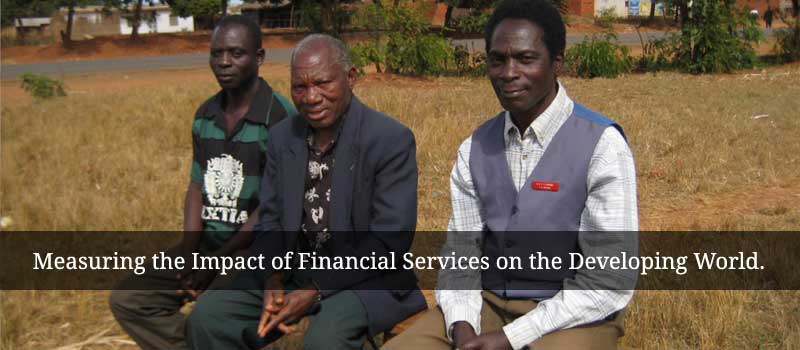Rural Finance Outreach in Central Malawi: Implications for Opportunity International Bank of Malawi
The use of formal financial services in Malawi is found to be limited due to at least four reasons. First, although a majority of the Malawian population lives in rural areas, formal financial institutions are mostly located in urban and semi-urban areas, physically distant from the rural households. Second, rural households face obstacles to opening a formal bank account since most formal institutions have account terms, such as relatively large minimum balances, that set formal financial services out of reach of rural populations. Third, many banks also require formal identification cards such as a passport or other government ID that rural populations may not have and may find prohibitively expensive to procure. Finally, these households lack adequate information regarding access to and use of formal financial services.
In order to relax some of the aforementioned constraints to the access and use of formal finance in rural Malawi, the Bill & Melinda Gates Foundation (BMGF) provided funding in 2007 to Opportunity International Bank in Malawi (OIBM) to purchase a mobile bank to serve unbanked rural areas. The mobile bank is a roving bank capable of providing a full range of financial services. The catchment area for the OIBM's mobile bank included six trading centers along a predetermined route across Lilongwe, Mchinji, and Dedza districts in central Malawi. Of the six trading centers, four did not have prior banking facilities while the other two were previously served by other brick and mortar bank branches. OIBM also developed products suitable for rural clients served by the mobile bank by reducing identification requirements, reducing minimum balance for savings accounts, and waiving collateral requirements for loans. Please see box 1 for detailed information on OIBM and the mobile van. The mobile bank went in operation in August of 2007.
IRIS, in collaboration with OIBM, designed an intense information campaign to disseminate information about OIBM and to increase its outreach. Between April 2008 and December 2010, Field-Based Promotional Assistants (FBPAs) visited villages, made contact with potential clients, and disseminated information about the products and services offered by OIBM. The information campaign was conducted in a randomly selected subset of 56 enumeration areas while households in the remaining enumeration areas received information regarding OIBM's product only via mass media like radio.
This paper, using data gathered from a panel of 2,006 households by the IRIS center at the University of Maryland from 2008 and 2010, examines the impact of the mobile van on financial outreach of OIBM relative to other formal financial institutions, and informal sources. We define outreach in terms of number and types of clients reached by financial institutions, especially the poor, and the costs of serving them. We do not consider cash kept at home and in-kind loans and savings in the analysis.
We address the following issues to draw implications for OIBM:
- Has outreach of OIBM increased relative to that of other formal financial institutions? If so, has it been reflected in breadth, depth and costs of its outreach?
- What factors facilitated the observed trends in breadth, depth and costs of outreach of OIBM relative to informal and other formal providers? More specifically:
- Did the intense information campaign conducted by OIBM increase its outreach?
- Did OIBM's products and services incorporate vulnerable populations into its clientele?
- Did OIBM's mobile bank reduce the transaction costs of access to and use of services?




